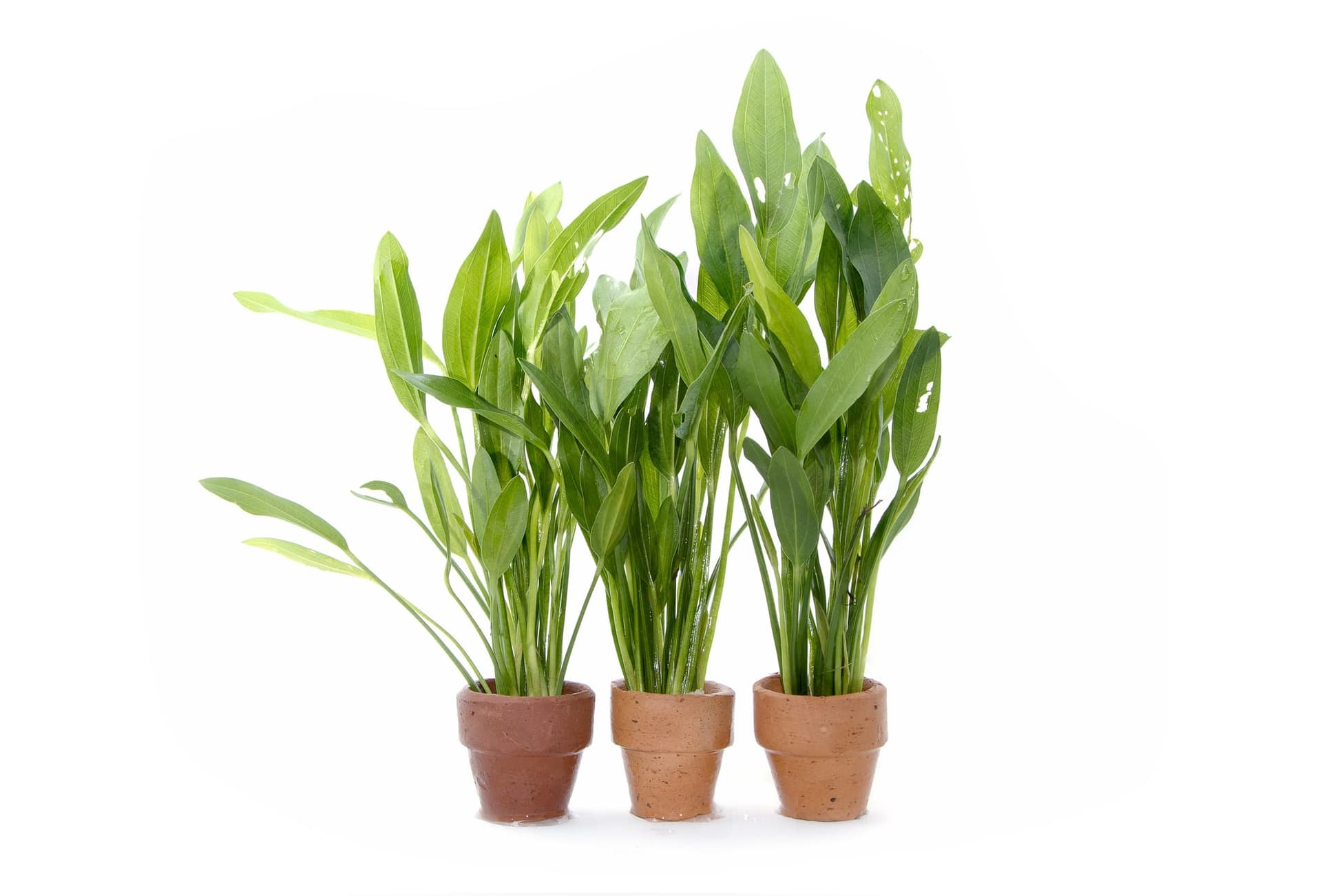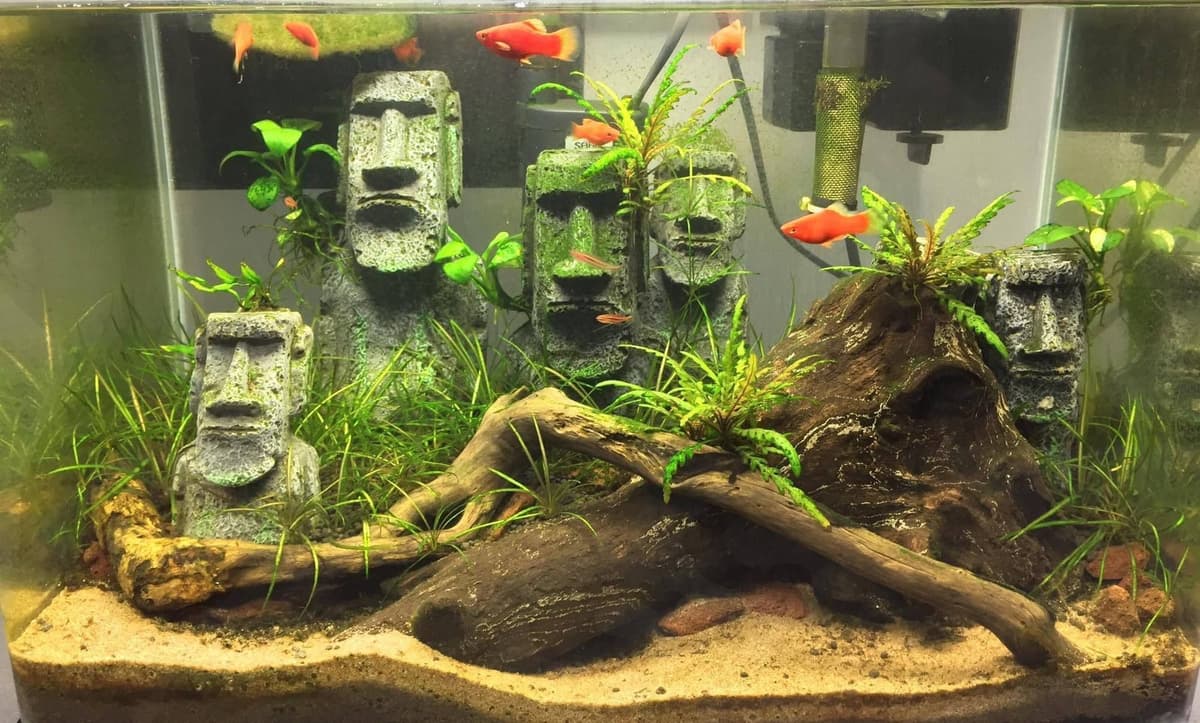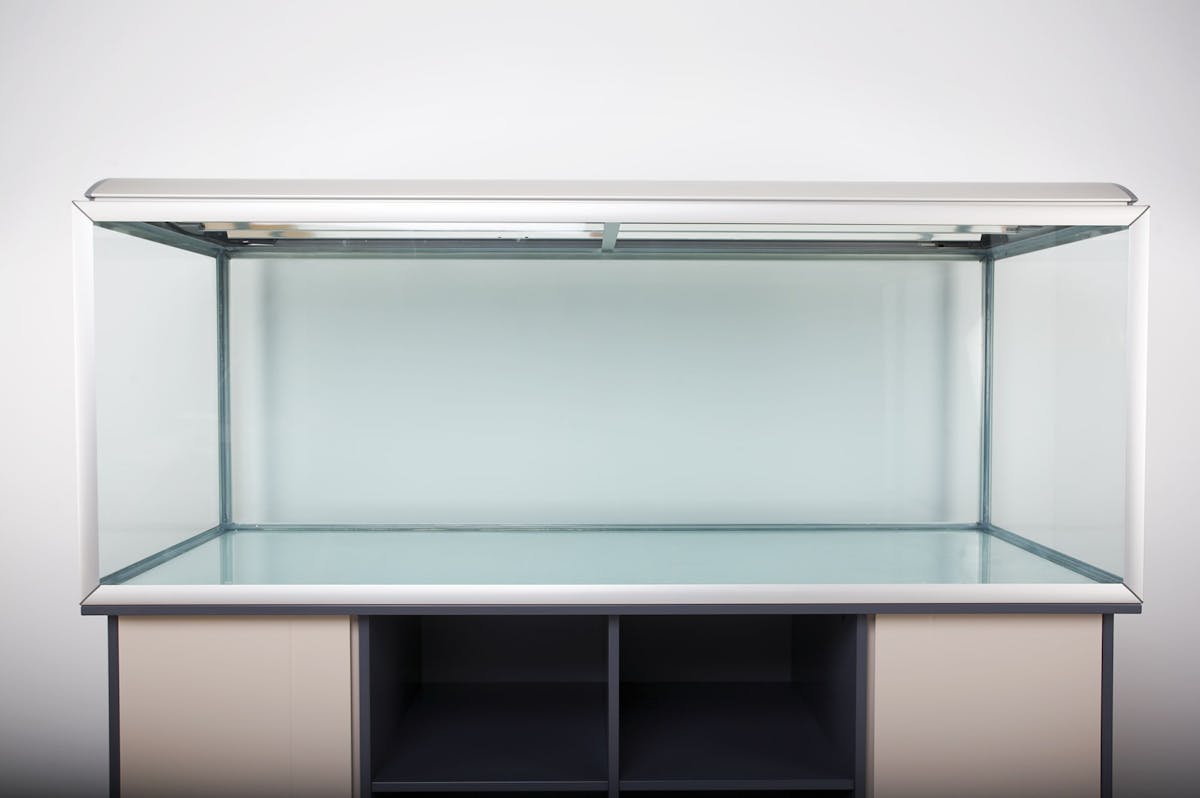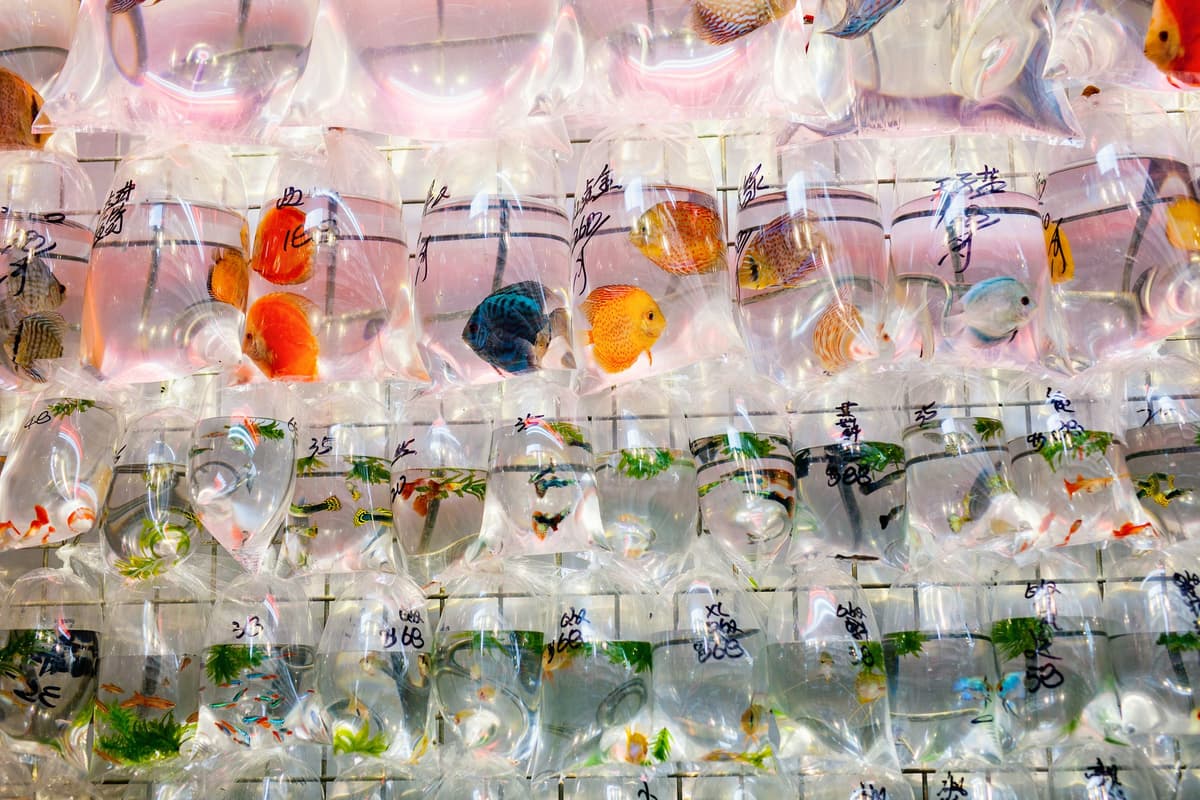Plant-filled aquariums are becoming increasingly popular due to their natural beauty and remarkable ability to absorb the toxic nitrogen compounds created by fish waste. But sadly many people attempt and struggle to prevent their green foliage from turning brown due to a lack of experience. We've thoroughly vetted our list of top 7 simple aquarium plants that can endure a beating and won't break the bank.
1. Marimo Moss Ball
This velvety green orb, dubbed the world's easiest aquarium plant, is neither a moss nor a plant but rather an unsurprisingly occurring ball of Ciliophora algae. Its primary care requirement is that you gently roll the marimo ball in your hands every time you adjust the water, ensuring that it retains its circular shape and that all parts of the algae receive adequate light. People also purchase an army to fill their betta tanks or goldfish aquariums because they're relatively inexpensive and have a distinctive appearance. And if you're feeling creative you can also unroll them and use them to make a miniature tree by wrapping them around the driftwood.
2. Amazon Sword
This famous aquarium plant is known for its ability to grow enormously large and cover your fish tank in lush greenery. This plant is definitely not suited for nano tanks. Lighting and substate are less important than ensuring that it is fed a large number of root tabs. The amazon sword typically has big, round leaves that are emersed grown when you first buy it (or raised outside of water). When these broad leaves are submerged in water, they melt back as the plant reabsorbs its nutrients, resulting in longer, narrower leaves (or grown underwater). So don't be scared if it looks like its dying at first!.
Be sure to give it more root tabs if the new leaves seem to be yellowing. The sword can eventually develop extensive enough to become a mother plant, producing long spikes that can be transplanted to other aquariums.
3. Cryptocoryne wendtii
Since it doesn't need liquid fertilizers or carbon dioxide (CO2) injection, this low-maintenance crypt is one of our favorites. This slow-growing plant thrives in a wide range of lighting conditions and substrates. It prefers to eat from its roots, so if you're using an inert substrate with little nutrients, like gravel, make sure to add root tabs every three months or so to keep it healthy. Crypt wendtii is available in various colors, including grey, brown, tropical, and red.
Crypts leaves, like Amazon swords, are notorious for melting back when first applied to a new tank. Don't throw away your "dead" plant if you see this happen! Leave it in the substrate, and it'll quickly rebound and grow new leaves once it's adjusted to your water chemistry.
Advanced tip: Consider adding extra iron supplements to the aquarium water to increase the redness of its leaves.
4. Aponogeton Crispus
The long, wavy-edged leaves of this low-light plant emerge from a bulb and flow beautifully in an aquarium. Since they're so easy to care for, this is one of the most common species marketed as a "betta bulb" at many pet stores. Put the beta bulb on top of the substrate and watch it sprout leaves and roots in a matter of minutes. It goes through a dormant period now and then, during which the larger leaves die back for a few months. Keep the plant in the aquarium, and new growth will appear. Try out this great-looking plant for a few dollars that proliferates, gets reasonably tall, and can even produce flowers for you.
5. Bacopa caroliniana
If you want to try stem plants for the first time, bacopa is an excellent place to start. The stem of this southern native is straight and vertical, with thin, roundish leaves. Although it does not need CO2 injection, it does benefit from liquid fertilizers such as Easy Green.
Bacopa is usually grown on plant farms rather than in aquariums, as is the case for most aquarium plants. When you plant it underwater, the top of the plant produces submerged-grown leaves, while the emersed-grown leaves below tend to die. Snip off the plant tops and replant them for a fuller-looking plant when the bottom half of the stem appears like a bare, slender trunk. Cutting off the tops of the plant as it grows taller and taller and planting them in a new position is also how you propagate bacopa.
Advanced tip: Although it can grow in low light, high light and iron dosing cause the leaf tips to turn coppery-red.
6. Christmas Moss
Get some Christmas moss if you're going to set up a breeding tank. Their fuzzy fronds resemble Christmas trees and provide excellent protection for young fish and shrimp. Aquascapers sometimes attach them to rocks and driftwood to establish the appearance of a moss-covered forest. Invest in small algae eaters like Amano shrimp and fuel its growth with liquid fertilizer to keep this slow-growing moss looking its best.
7. Vallisneria
Want to turn your aquarium into an underwater jungle with minimal effort? Only one plant is required: Vallisneria. This tall, grass-like species grows all the way to the top of the water surface when given plenty of root tabs and liquid fertilizers and quickly spreads by making side shoots in the substrate. You can also introduce fish that are known for digging up or eating plants once it has developed itself in your aquarium (such as goldfish or African cichlids).
Fill your tank with this selected set of beginner-friendly plants, and your newly planted aquarium will have the best chance of success.




